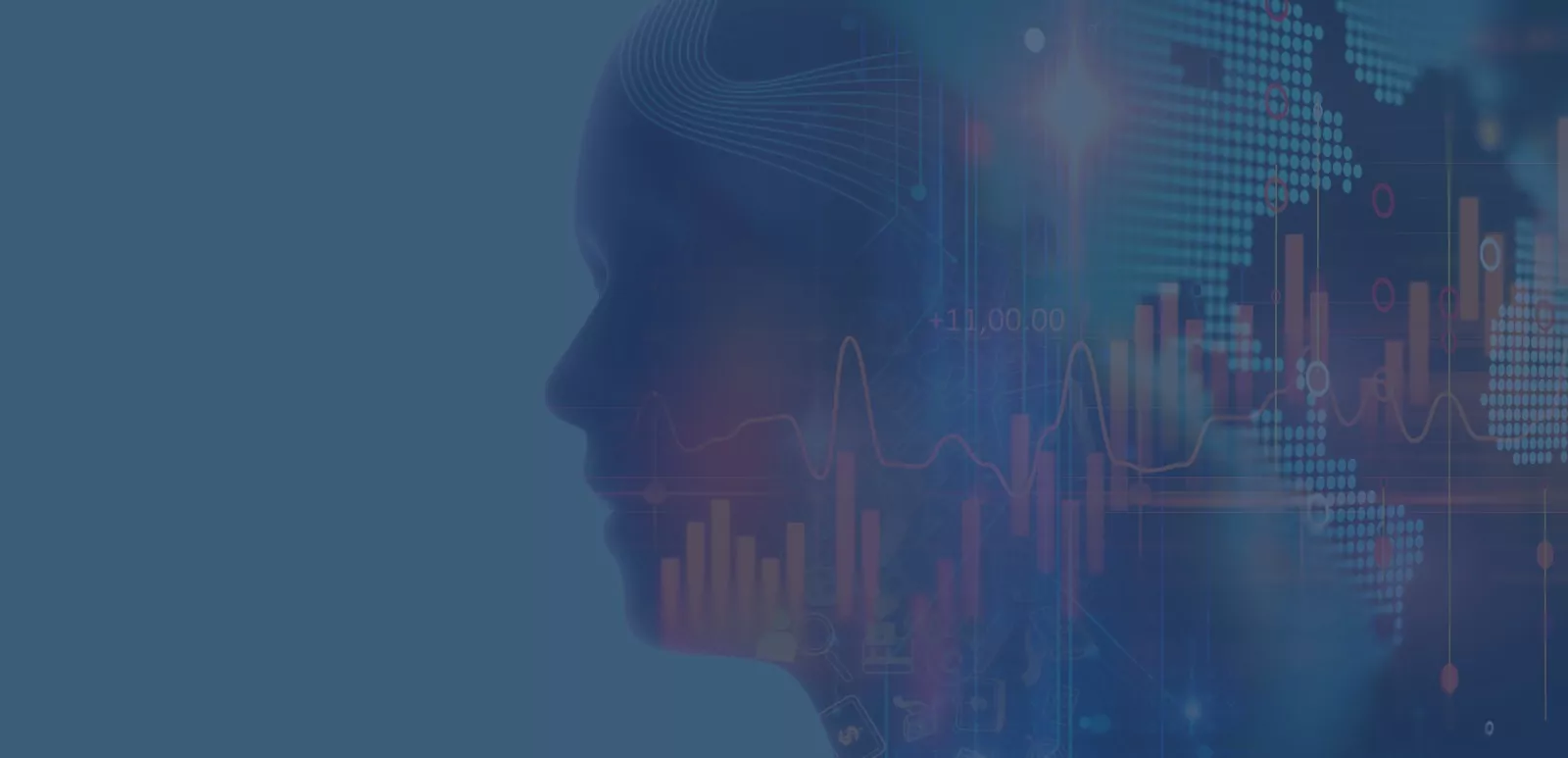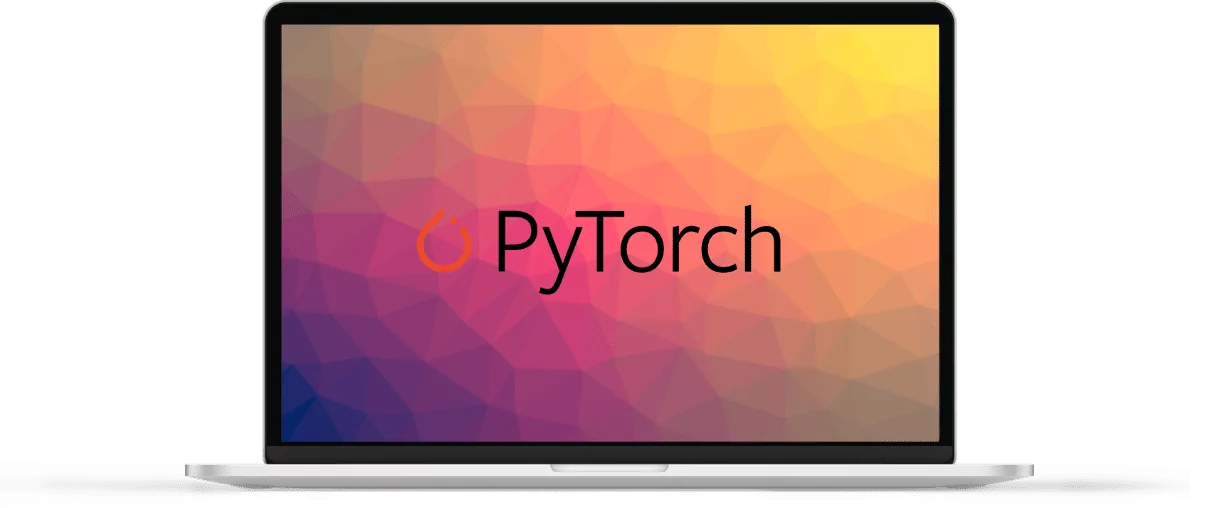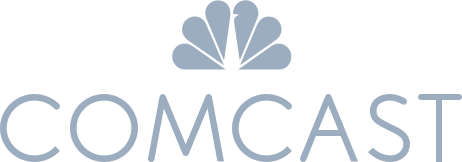Computer vision
Neural networks can be used in object detection, tracking, and image segmentation. The Torchvision package, a part of the PyTorch ecosystem, provides necessary functionalities. The library consists of pre-trained models, popular datasets, and common image transformations for computer vision.
Autonomous vehicles
Tesla and Uber adopt PyTorch in building neural networks, changing the automotive industry. The revolution is possible thanks to multitasking models that collect loads of traffic data. Engineers integrate neural networks to run efficiently in cars, providing real-time reactions in all scenarios.
Robotic solutions in industrial applications
Solutions built using PyTorch support various industries. For one, smart machines let farmers get rid of weeds, reduce costs and pesticide usage. In such cases, PyTorch is the base of a computer vision and machine learning system, recognizing crops from weeds and targeting the latter for spraying.
Artificial data generation
Generative Adversarial Network (GAN) models are trained with two opposing neural networks, one generating new data samples, and the other recognizing real examples. These models are capable of generating images, performing text-to-image translations, or even reconstructing videos from photos.
Natural language processing (NLP)
Training machines to identify and understand human languages enables e.g. gathering information from documents. In automatic text classification and translation, the Torchtext package is used, thanks to pre-built, generic loaders for popular datasets and text resources, including vocabulary objects.







